
Music is another aspect of the broad Asian culture which changes drastically as one travels around the continent. What we encounter in Southeast Asia will vary tremendously from Western Asia. Instruments, rhythms, and sources of inspiration transform with the people and landscape. Follow along as we explore popular musical styles in each Asian subregion.

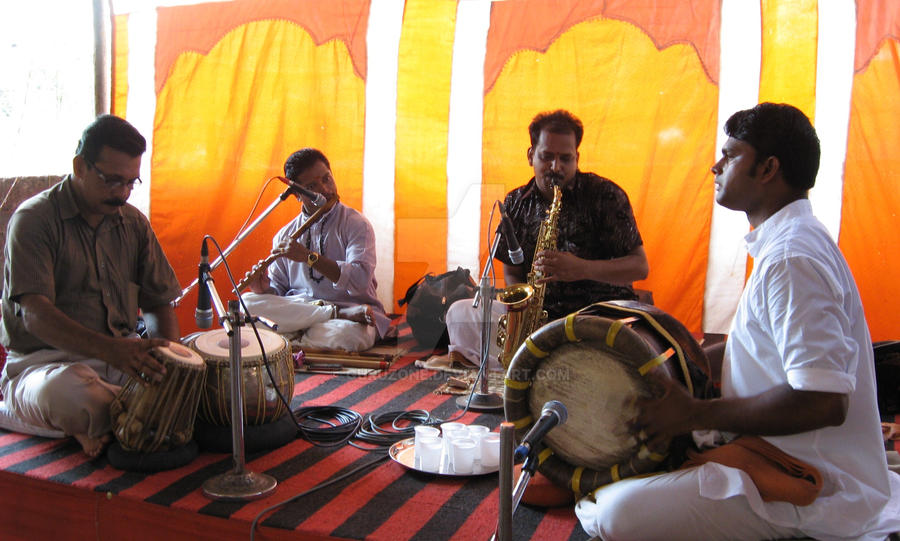
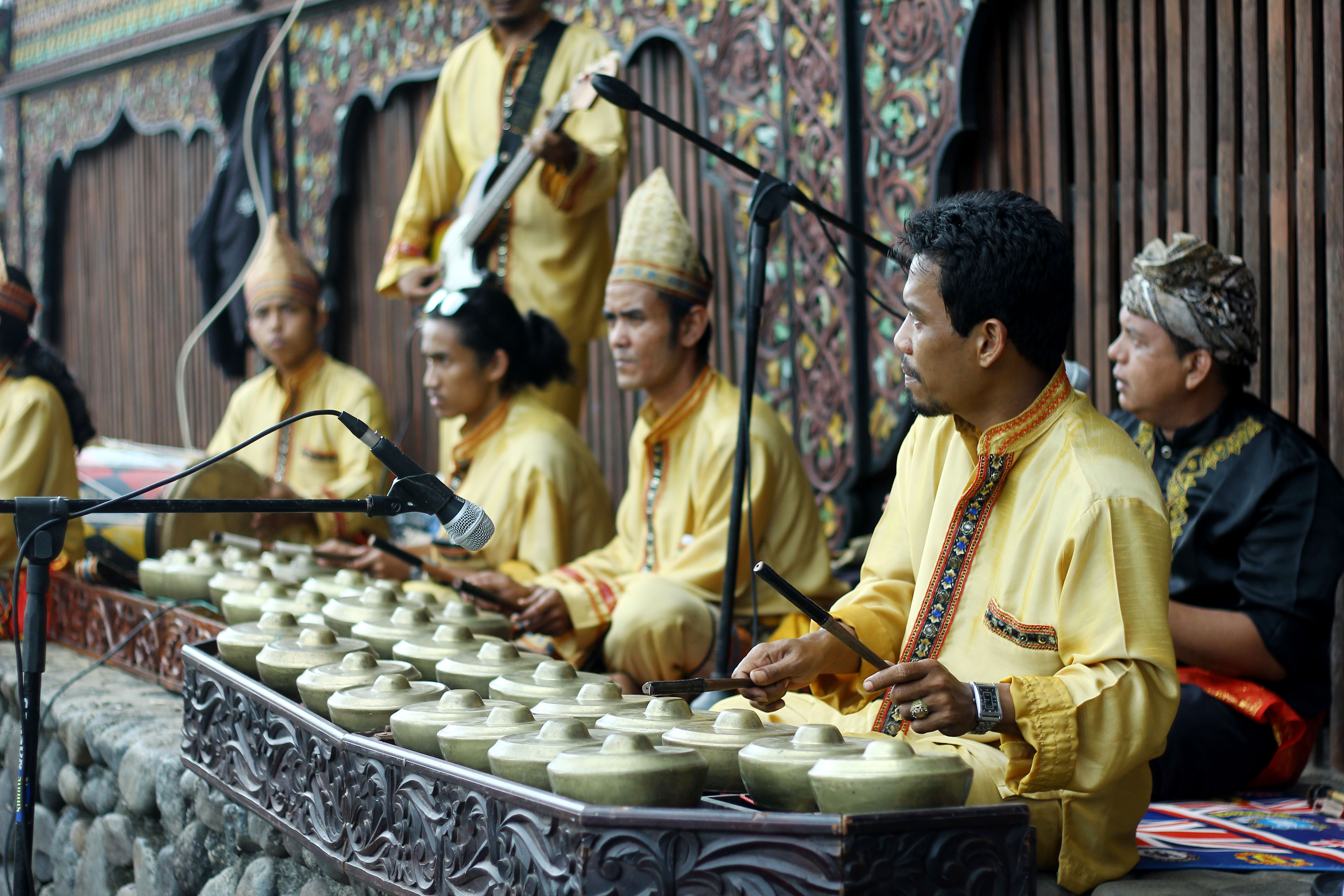


Asian music - left to right, top to bottom: Middle Eastern, Indian, Indonesian, South Korean, Uzbek.
All images have a creative commons license and were found on Google Images.
Shashmaqom
Lutes are a predominant instrument of traditional and folk music in Central Asia. Other common instruments are fiddles, flutes, harps, and different percussive instruments. Under Stalin and later Soviet control of many Central Asian countries, cultural music was suppressed. Thanks to some minority groups, like the Bukharian Jewish peoples, some traditional musical traditions were preserved, one being Shashmaqom (learn more about Shashmaqom from Wikipedia). Watch the YouTube video below and enjoy this piece of Uzbek culture.
K-Pop
Once again, South Korea has blessed the world with their modern musical innovation. K-Pop, an abbreviation of Korean popular music, is one of the most popular forms of music in the world currently. Think of the group BTS - the face of K-Pop for many Americans.
Here is an explanation of K-Pop, from the Los Angeles Film School:
"K-pop or Korean Pop is the internationally popular, aesthetic-driven, style-bending, trendsetting, music genre of the 21st century. Originating in South Korea, K-pop draws influence from a range of genres like pop, experimental, rock, hip-hop, R&B, electronic, and dance. The variety of influences is so vast there’s a K-pop band or performer for every taste. There are massive girl groups like Girls Generation who produce straightforward pop hits. But if you like pop with rap breaks inspired by the rapid lyrical styles of Nicki Minaj then check out BLACKPINK. If your taste skews more alt, then the emo-stylized group F.T. ISLAND is for you. And if you want some slow and sensual R&B, g.o.d. has the jams. But, despite the genre-straddling K-pop is a thoroughly Korean genre. The tunes are inspired by traditional Korean music and the lyrics are in Korean with the occasional English sprinkled throughout."
If you'd like to explore more, click the image below to go to the YouTube channel, KBS World TV (the Korean Broadcasting System), to keep up with music trends, to follow popular artists, and to see what else is going on in the Korean entertainment industry!
Malay Music
The following description of Malay music is provided by the Singaporean government website, roots.gov.sg (the ICH page), which helps disseminate Singapore's cultural heritage:
"Traditional Malay music can be traced back to the 19th century, where historic texts mention nobat (the royal orchestra that performs during coronation).
The asli genre is the basic idiom of traditional Malay music. Asli is often referred to as old traditional or semi-traditional music style or performance. It is said to be derived from the dondang sayang genre, with fixed lyrics. However, the performance is delivered in a highly improvised manner through the cengkok (melismatic notes) and subsequently the grenek (the ornamented style). In asli laggam, the melody is sung in unison with the violin throughout the performance of a song. In this genre of music, the violin is the most important instrument and is accompanied by an accordion or harmonium, knobbed gong, gendang (two-headed drum), rebana ubi (the largest drum in the rebana family of drums), seruling (bamboo flute) and bass guitar."
Watch the YouTube playlist below to experience Malay music for yourself, half a world away!
Hindustani Classical Music
One of the best known forms of music from the Indian subcontinent is Shastriya Sangeet, which translates literally into "classical music." Typical instruments for this music are the veena, sitar, and sarod - pictured in order below:
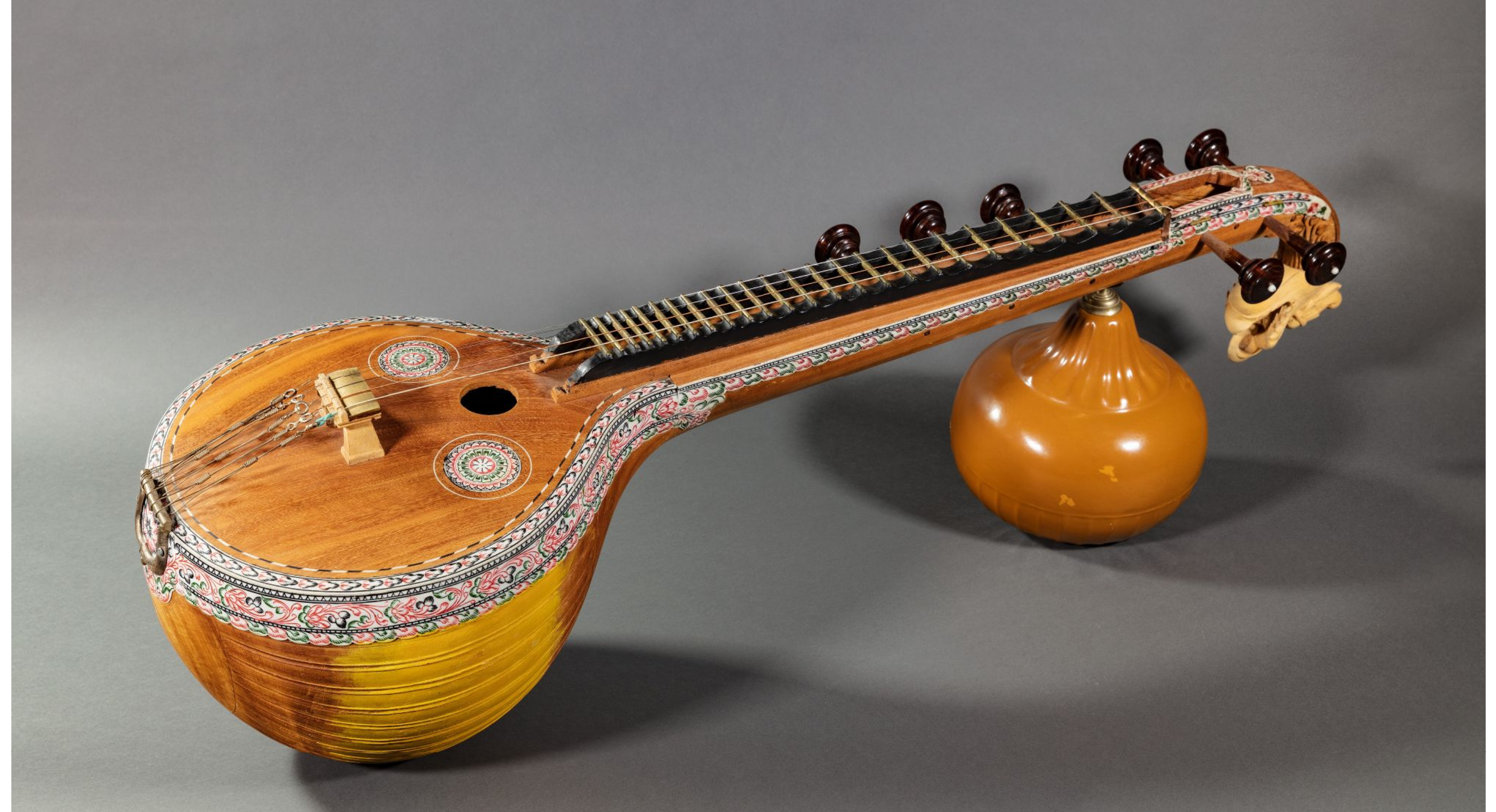
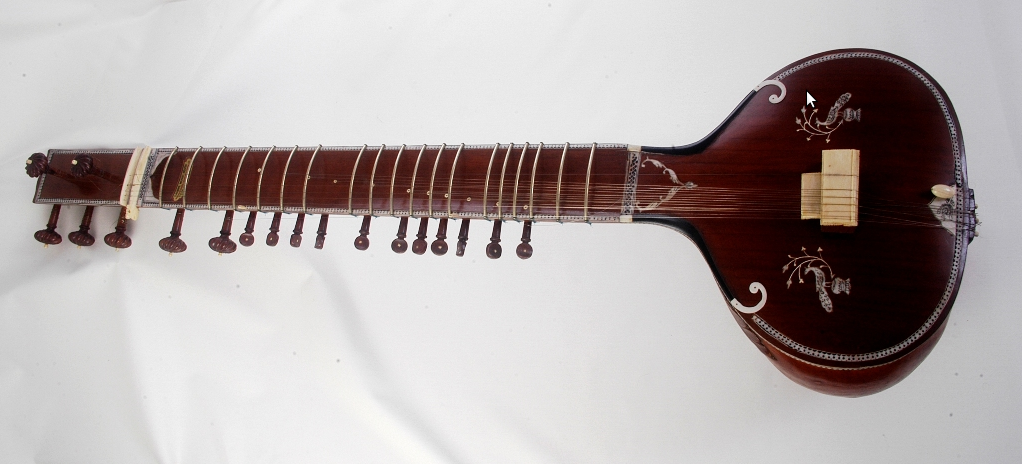
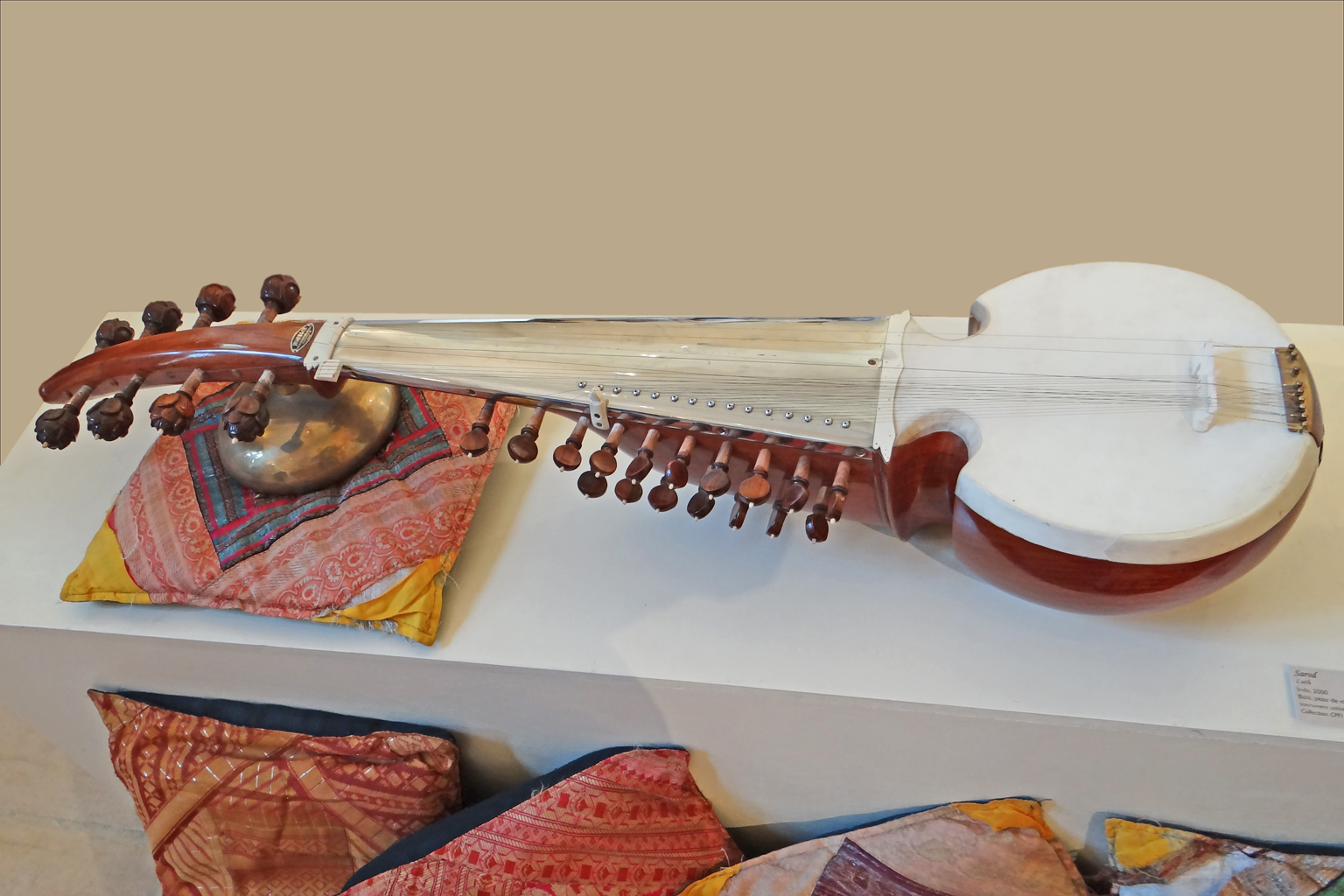
All images from Wikimedia commons.
What we understand specifically as Hindustani classical music stretches back to the 12th century! Read more about this musical style, its history, and its characteristics on Wikipedia. Below, enjoy some Hindustani classical music from YouTube.
Arabic Music
The traditional music of the countries in the Arabian Peninsula is generally referred to as Arabic music. Unlike Western music, traditional Arabic music is almost entirely melodic and rhythmic, with no harmonies or use of harmonic scales. The traditional ensemble of a musical group will include players of the following instruments: oud, qanun, rabab, ney, violin, riq, and dumbek.
According to Habib Hassan Touma, there are 5 components that make Arabic music (from Wikipedia):
Should you like more information on Arabic music, its history, structure, genres, or other characteristics, start by exploring the Arabic Music Wikipedia page.
In the mean time, listen to some traditional Arabic music below!